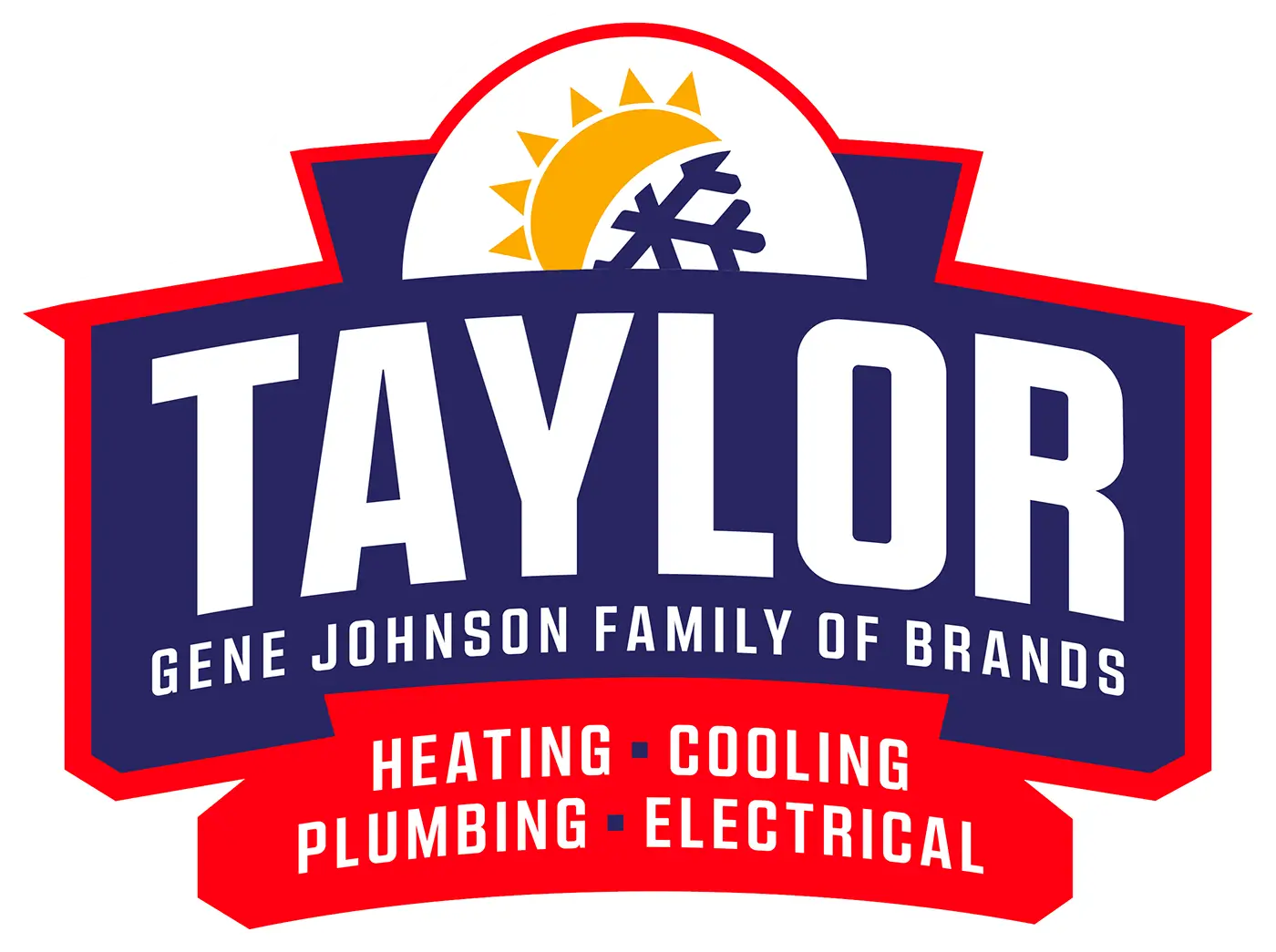Have you ever experienced a time when your light switch just won’t cooperate? You flip it and the lights flicker erratically, maybe only half the room actually illuminates, or they flat out refuse to turn on at all. It’s one of the most annoying things, right?
And aside from wrestling with a stubborn light switch, you also start wondering if it’s just a temporary quirk or something more serious going on. It’s important to remember that those little switch issues could really indicate bigger electrical problems brewing behind the scenes. Faulty wiring, potential fire hazards, you name it. Definitely not something you want to ignore and let get worse over time.
That’s why you have to keep tabs on your light switches, especially if you live in one of our city’s lovely older homes. A bit of preventative maintenance by identifying worn-out switches can help avoid serious (and expensive!) electrical disasters later on.
So let’s go over some telltale signs to watch out for before those switches really start misbehaving on you, shall we?
Common Signs a Light Switch Needs Replacement
Let’s talk about some of the red flags that indicate it’s probably time to replace an old, worn-out light switch. These are things you’ll want to keep an eye out for, especially in an older home.
Physical Issues
Loose or Wobbly Toggle
Have you noticed the toggle or rocker on a switch feels loose and jiggly when you try to operate it? That looseness is often one of the first signs of internal wear and tear over years of use. A loose toggle that seems to be getting worse can eventually lead to further internal damage if not addressed. Better to replace it before it really craps out.
Cracks, Discoloration, Scorch Marks
Another obvious physical issue is cracking, discoloration, or scorch marks on the switch plate itself. It actually takes years of heat and age to deteriorate a switch plate like that. So, if you’re seeing those kinds of battle scars, it’s absolutely time for an upgrade.
Electrical Issues
Flickering or Erratic Lights
The problem could be that the switch itself is having trouble completing the electrical circuit consistently if, when you flip the switch, the lights start flickering erratically or only partially illuminate. This is possibly due to failing internal components. Although flickering can sometimes be caused by other factors too.
Weird Noises
Then there are the unsettling noises an old switch might make – popping, crackling, buzzing. Those sounds usually mean arcing, electrical discharge, loose wiring connections, etc. Any kind of weird noise coming from a switch is a definite sign something is amiss internally.
Delayed Response
Another sign of an aging light switch? You press it and…nothing happens right away. The lights take a few delayed seconds or longer to actually turn on or off. That slow response could mean that the internal mechanisms are just worn down and struggling.
Overheating Issues
If you ever notice heat, warmth, or a burning smell around a light switch, that’s an emergency situation! The excessive heat is a huge fire hazard, likely caused by the switch’s internal components shorting out or arcing. At that point, you shouldn’t use it at all and make sure to get it replaced immediately by an electrician.
So remember, those old switches will give you plenty of advanced warning signs when they’re ready to retire. You should pay attention to any physical damage, electrical inconsistencies, or potential overheating issues. Catching those problems early can prevent much bigger headaches down the road.
How to Test a Light Switch for Problems
When you notice that an old light switch might be on its last legs, you should do some basic testing to confirm whether replacement is actually needed before you start ripping it out of the wall.
This is how to inspect and troubleshoot a potentially worn-out switch:
Visual Inspection
First up, do a thorough visual once-over of the switch itself. Look for any obvious physical damage like cracks in the plastic casing, loose mounting screws, or scorch marks around the edges. Those could all indicate advanced age or overheating issues that warrant a replacement.
Listening for Sounds
You should also listen out for any buzzing, crackling, or popping noises coming from inside while you operate the switch a few times. Those unsettling sounds often mean there’s arcing, electrical discharge, or loose internal wiring connections happening. This is something that you definitely don’t want to ignore for too long.
Touching for Heat
While the switch is on, carefully place your hand around it and feel if there’s any abnormal warmth or heat radiating from the unit itself. A properly functioning switch should remain cool to the touch. But if you detect significant heat or a burning smell, that could mean dangerous overheating or electrical faults occurring inside.
Checking the Lights
One of the most obvious ways to test if a switch is going bad is to simply operate it repeatedly while watching the lights it controls. Are they flickering erratically or only partially illuminating when turned on? Does it take a delayed second or two for them to respond? Those are telltale signs the switch’s internal components are failing and unable to consistently complete the circuit.
Using a Voltage Tester
If you want a more technical assessment, you can make use of a basic non-contact voltage tester. With the lights turned on, carefully hold the tester probe near the switch’s wires. If there is a live voltage present, it should light up. Then try turning the switch off – the tester light should go out if it’s properly killing power. Any abnormalities could point to wiring faults.
Now, let’s be clear – attempting to take a switch apart or do any invasive testing is not recommended unless you’re a licensed electrician. Poking around inside can be extremely dangerous if you don’t know what you’re doing. When in doubt, it’s always better to be safe and call in the pros to fully diagnose wiring issues.
Replacing or Repairing a Worn-Out Light Switch
If your inspections and troubleshooting have revealed major issues like extensive physical damage, dangerous overheating, electrical faults, or the switch just won’t consistently operate the lights anymore – those are surefire signs it’s reached the end of the road. At that point, replacement is the more viable solution rather than trying any repairs. An old, decrepit light switch is just asking for trouble and is a potential hazard.
DIY Switch Replacement
For some homeowners, swapping out an easily accessible light switch themselves is definitely feasible. But you should never forget to kill the circuit breaker to that switch first before doing any work! Once you turn it off, you can unscrew the old switch, disconnect the wires, hook up the new one based on the instructions, and secure it properly.
But if you’re not 100% confident in your abilities – let’s be absolutely clear – don’t even think about attempting any DIY electrical projects! If you’re unsure or confused, you will just put yourself at risk of injury or create hazardous situations. If you have any doubts whatsoever, don’t hesitate to call in a professional.
When to Call an Electrician
In fact, for complex switch locations or any situations where hazardous wiring seems likely, it’s always best to hire a qualified, licensed electrician from the get-go. Their expertise ensures new switch installations meet all current codes and safety standards. They’ll also be able to properly diagnose and fix any underlying wiring issues that could lead to future problems if left unchecked.
Yes, paying an electrician costs more upfront. But it’s worth it for the peace of mind that you can enjoy knowing your home’s electrical system is operating safely and properly. Risking your home and family’s safety to save a few bucks on labor is not worth it!
So, while some light switch replacements are simple enough for knowledgeable homeowners to handle themselves, any complex cases or potentially hazardous wiring scenarios are better left to the highly trained professionals. Know when to hang up the toolbelt and call in the real experts!
Don’t Get Left in the Dark by Outdated Light Switches
And there you have it! In this guide, we’ve given you the tricks on how to identify when those old light switches have seen better days and need to get replaced. From the telltale signs of trouble to basic testing methods and when to call in the pros, we’ve covered it all.
For the handymen and women out there, some straightforward switch swaps are doable DIY projects if you’re confident working with basic household wiring. But anything complex or sketchy wiring-wise is better left to highly trained pros. Their expertise ensures new switches get installed to current code – no cutting corners allowed.
So don’t get stuck fumbling in the dark thanks to bum old switches. Keep your home’s electrical system running smoothly and hazard-free by calling the licensed electricians at Taylor Heating and Cooling at (253) 208-5315. Let us help you upgrade to a safer, switch-stress-free home!


